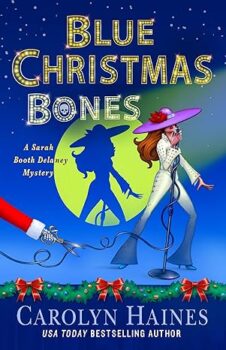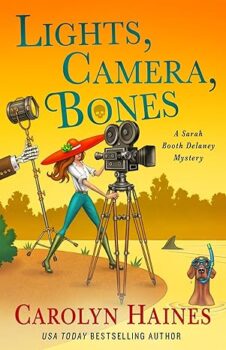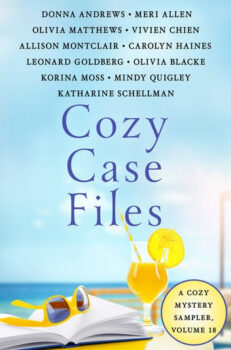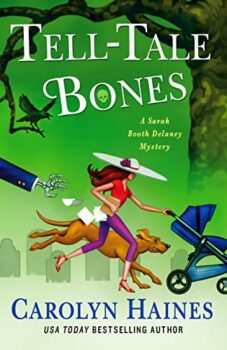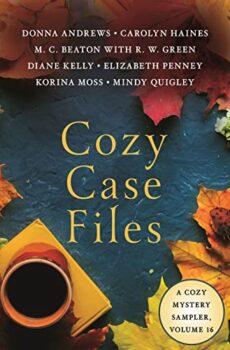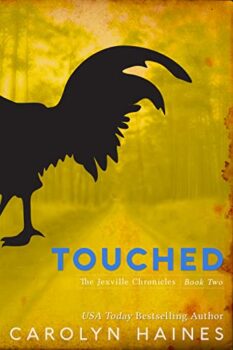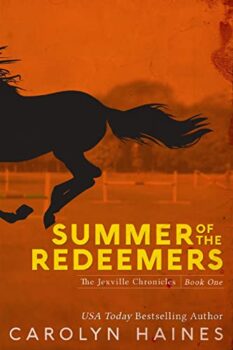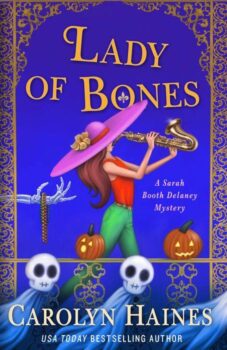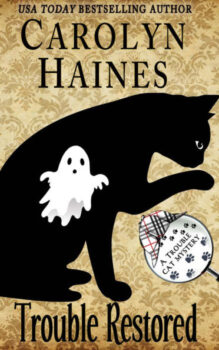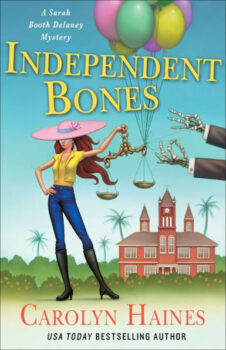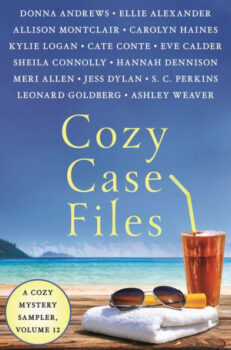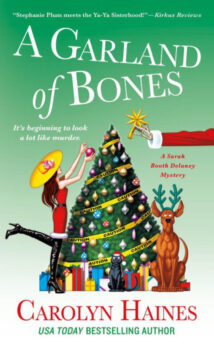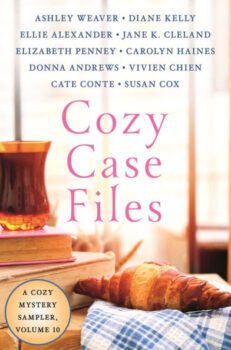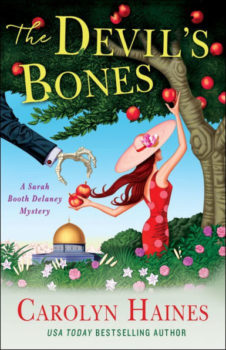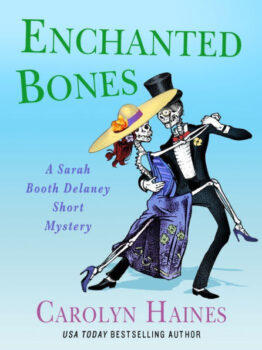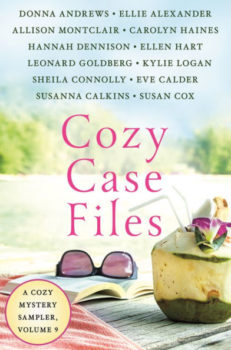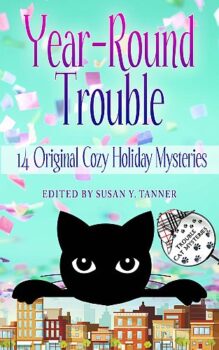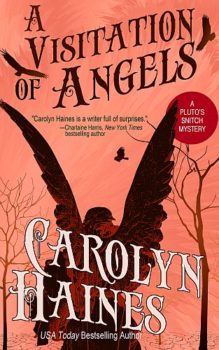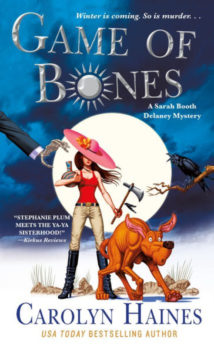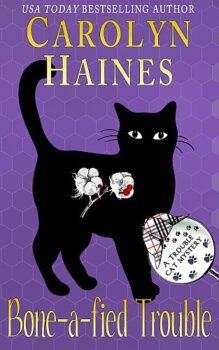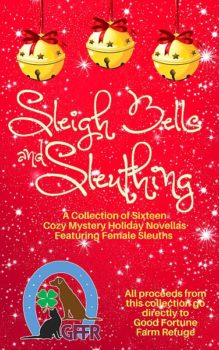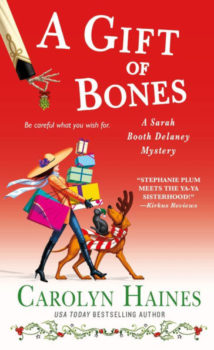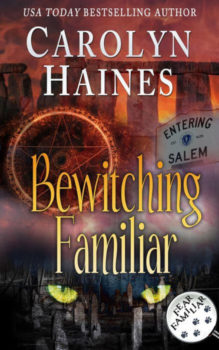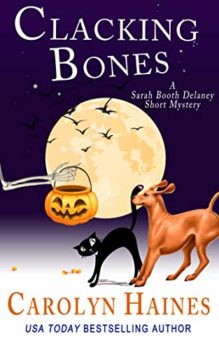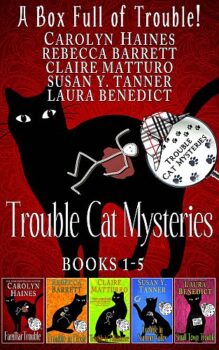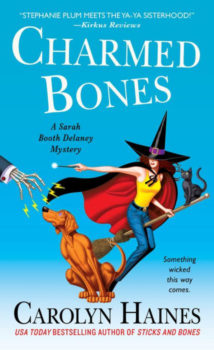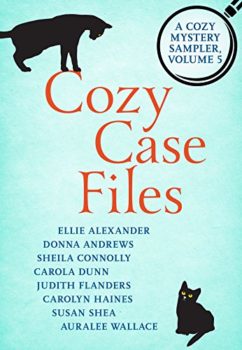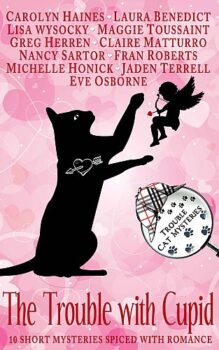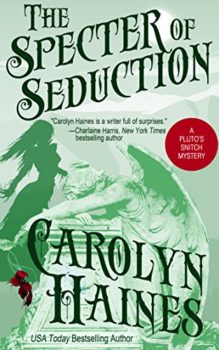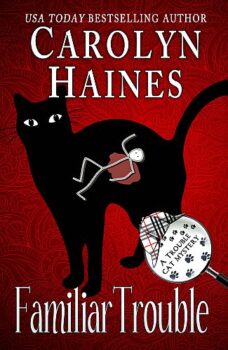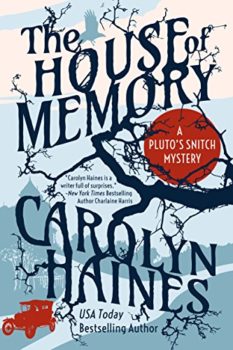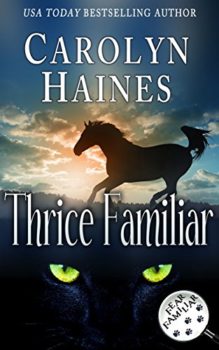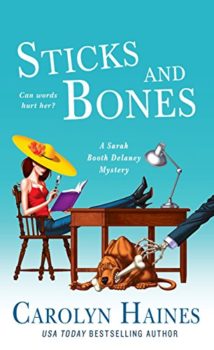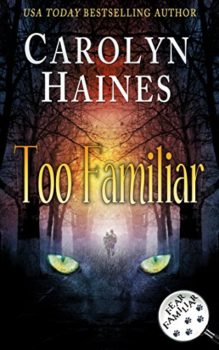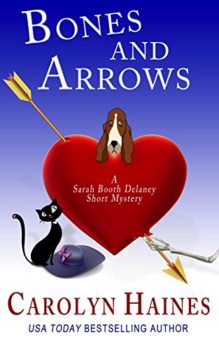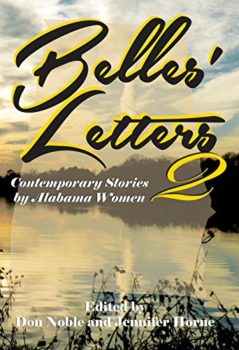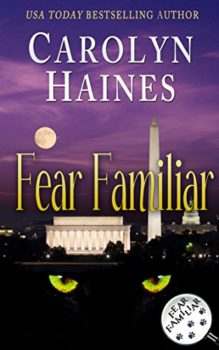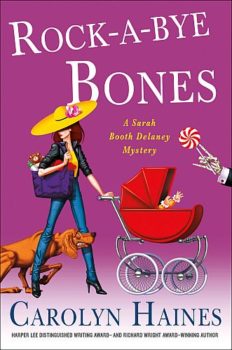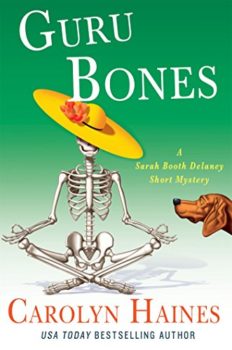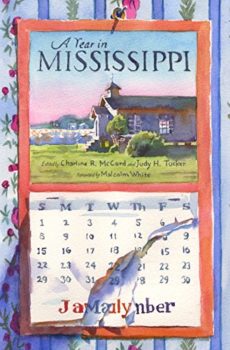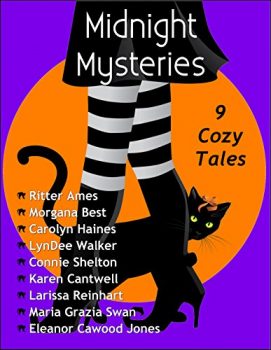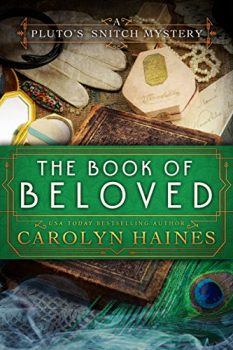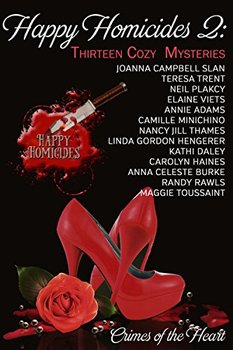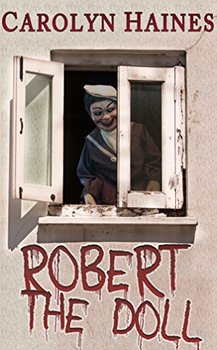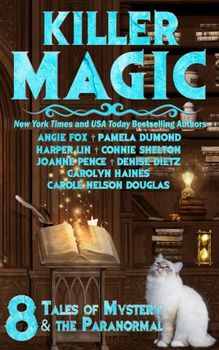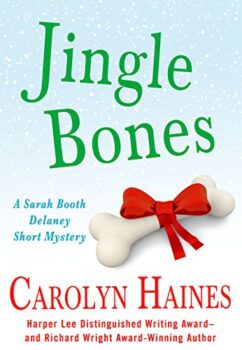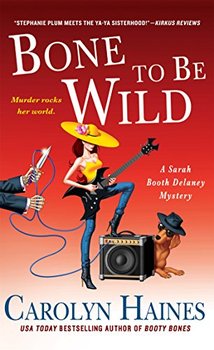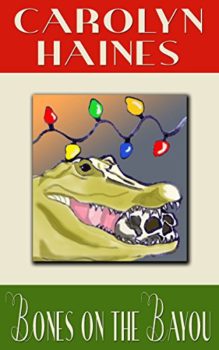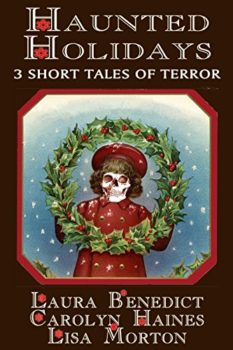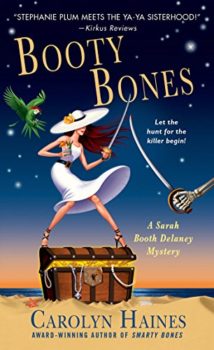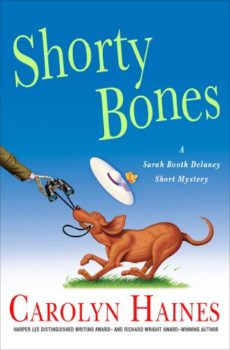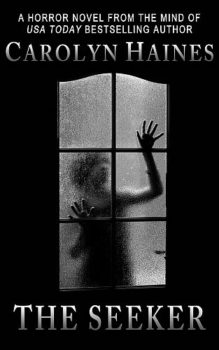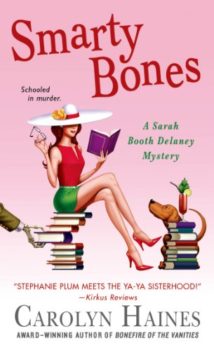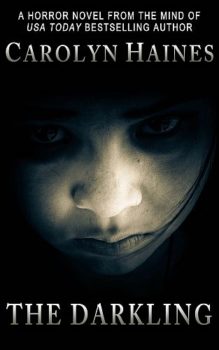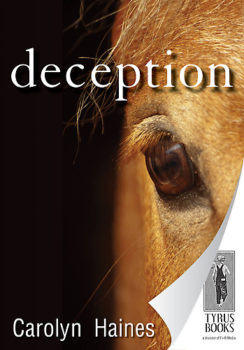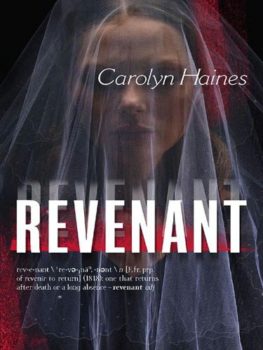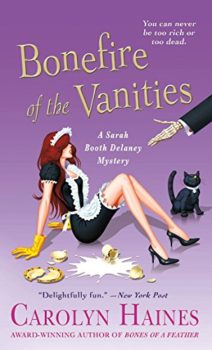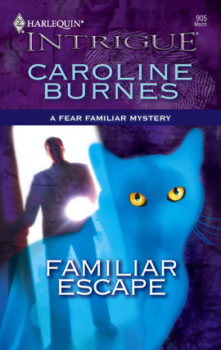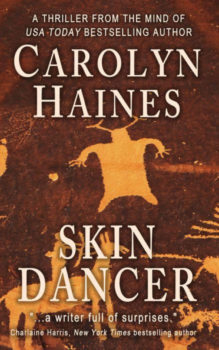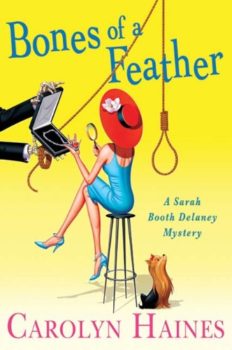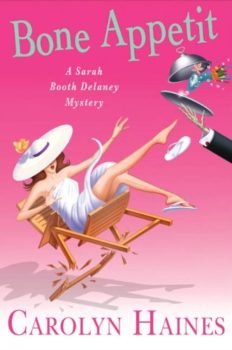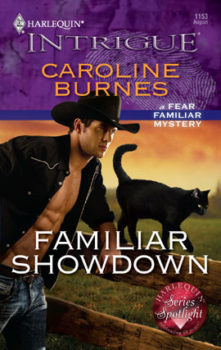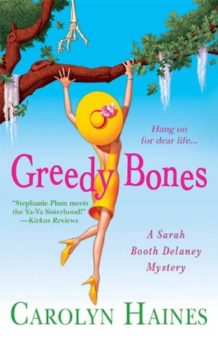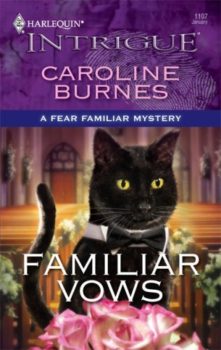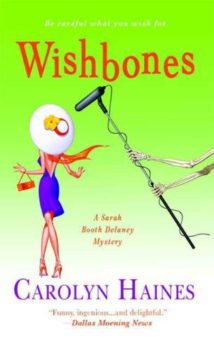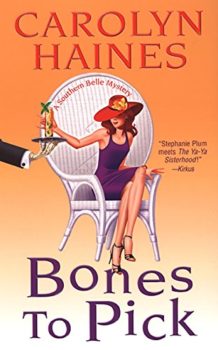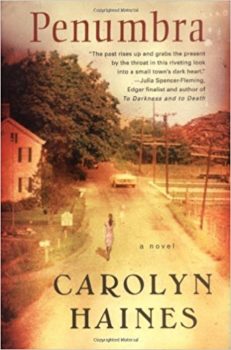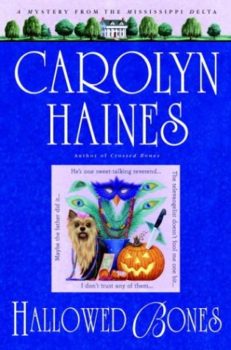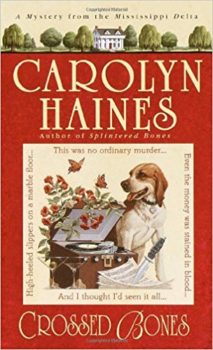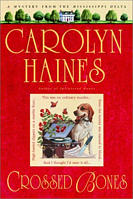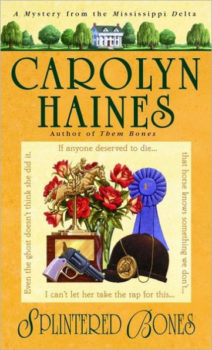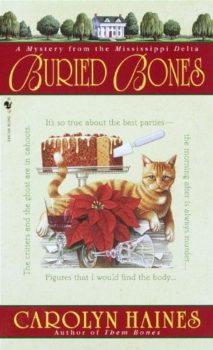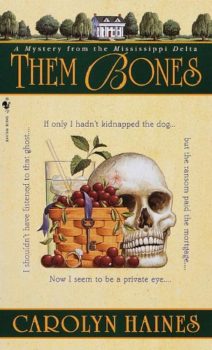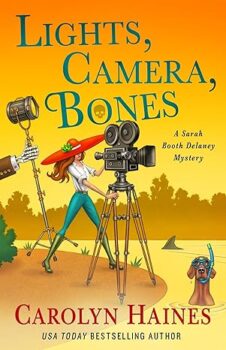by Carolyn Haines
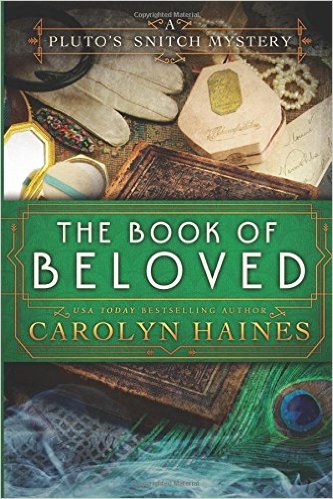 The Victorian ghost story became a Christmas tradition long before Charles Dickens wrote A CHRISTMAS CAROL. Some of the literary masters of the day indulged in chilling tales that were read around a fireplace while waiting for Old Saint Nick to pay a visit and fill the children’s stockings with sweets or switches.
The Victorian ghost story became a Christmas tradition long before Charles Dickens wrote A CHRISTMAS CAROL. Some of the literary masters of the day indulged in chilling tales that were read around a fireplace while waiting for Old Saint Nick to pay a visit and fill the children’s stockings with sweets or switches.
This Victorian love of a spooky tale and interest in the world of ghosts and earthbound spirits was a precursor to the Spiritualism movement that reached a peak in the early 1900s.
Growing up in the small town of Lucedale, Mississippi (which was like living in the 1920s in some regards) I spent most of my free time with my nose in a book. I was enthralled with the adventures of Sherlock Holmes, whose creator was deeply involved in spiritualism.
Doyle was a favorite, and I memorized the poetry of Edgar Allan Poe and was thrilled with his detective C. Auguste Dupine, who is sometimes cited as the first fictional detective. Poe’s obsession with “dark” spirits and stories of possession and madness thrilled me on those long summer nights when I could hear the crickets singing outside my bedroom window. Many nights I read by flashlight under the covers while the town slept. I loved those chilling stories such as “The Hound of the Baskervilles” and “The Turn of the Screw.”
This is the reading world that my character Raissa James, a WWI widow and Savannah schoolteacher, visits in her every spare moment. The year is 1920, the suffragette movement is in full swing, as is prohibition. Raissa wants to become a female writer of ghost stories, a very unladylike ambition at that time.
Spiritualism is all the rage. Raissa, her uncle, and their party travel to New Orleans for a séance with Madam Petalungro, a medium highly regarded by Doyle, who researched and wrote about the spiritualism movement. In New Orleans, Raissa meets Reginald Proctor, assistant to Madam Petalungro. Reginald’s talent is seeing into the heart of humans, and he’s quite good at running a con.
The story begins when Raissa takes the train from Savannah to Mobile, Alabama to spend the summer with her party-loving uncle Brett Airlie. Raissa has determined to shake off her mourning for the husband she adored. Alex was killed in Europe in the first great war. Raissa is on her own. And Brett’s estate, Caoin House, is breathtaking.
Uncle Brett has designed a weekend party of dancing, games, and drinking to welcome his niece to Mobile. But the party is cut short when tragedy befalls a young man. In the midst of a hunt for clues, Robert Aultman falls from the roof of Caoin House and dies.
Was the death an accident, a suicide—or something worse? And if it is a murder, who is behind the death–one of the people attending the party, an intruder in the attic, or one of the unhappy spirits that wanders the grounds?
Raissa is aware of the house’s tragic past. Civil War-era spirits do not rest easy on the grounds or in the beautiful graveyard. Raissa rediscovers her talent to see the spirits, but ghosts are seldom forthright with their needs. They operate in symbols and riddles, and Raissa must learn to puzzle out their attempts at communication.
One of the best things about writing this series, in this time period, is the research. Back in the ‘90s I did a book called TOUCHED set in rural 1926 Mississippi. It was much more difficult then—no Internet, numerous trips to the library downtown, lots of calling around to verify facts. Of course, it is fiction, but it’s important to get the setting details right, at least to me.
I was fascinated by the story of the Fox sister, who were three New York “mediums” who used tapping to communicate with spirits. What started out as a hoax by the two younger sisters on their older sibling became a lucrative business. But in a fit of anger at the older sister, the two younger women confessed to their trickery and were discredited. But the spiritualism movement continued apace.
While the Fox sisters were charlatans, there were other mediums who gained credence as people talented in communication with the spirit world. Sir Arthur Conan Doyle researched the subject extensively and wrote about “notable and some notorious” mediums from 1870 to 1900 including D. D. Home, Henry Slade, Francis Ward Monck, American C. H. Foster, Madame d’Esperance, William Eglinton, and the Rev. W. Stainton Moses.
Even today the fascination with spirit communication continues as evidenced by such shows as GHOST WHISPERER, MEDIUM, John Edward’s CROSSING OVER, LONG ISLAND MEDIUM and other popular TV shows.
The pursuit of communicating with the dead and departed fascinates me. The ridiculous thing is that I’m afraid of ghosts. I’d very much like to speak with a ghost, but It would be a quick conversation because I would be running away!
If you’re interested, play detective with me and look up the mediums mentioned above. Win a free download of THE BOOK OF BELOVED by telling me if you’ve ever seen a ghost or your favorite ghost story. Three prizes will be given.
USA TODAY bestselling author Carolyn Haines has published over 70 books. THE BOOK OF BELOVED is the first book in a new series by Thomas & Mercer. She is also the author of the popular Sarah Booth Delaney mystery series. Haines is the founder of Good Fortune Farm Refuge, a 501c3 animal rescue. Learn more about her books and animals at www.carolynhaines.com and sign up for her newsletter. Follow her on Twitter, FB, and Instagram.












